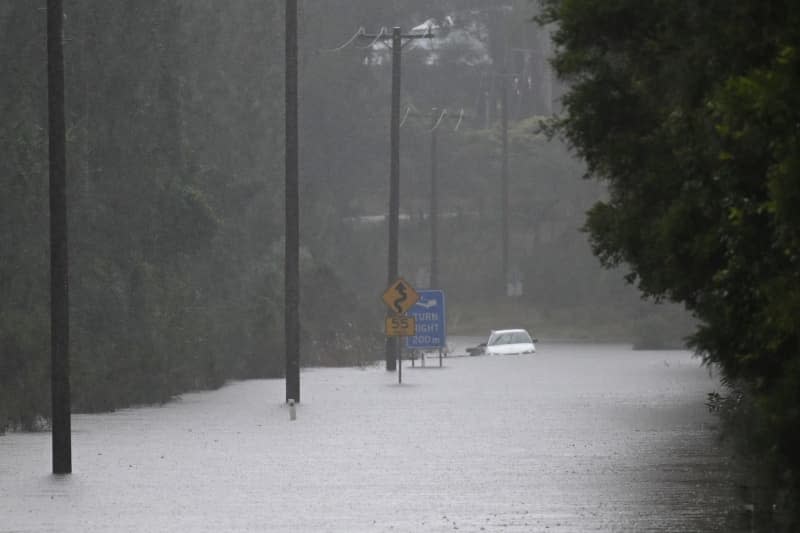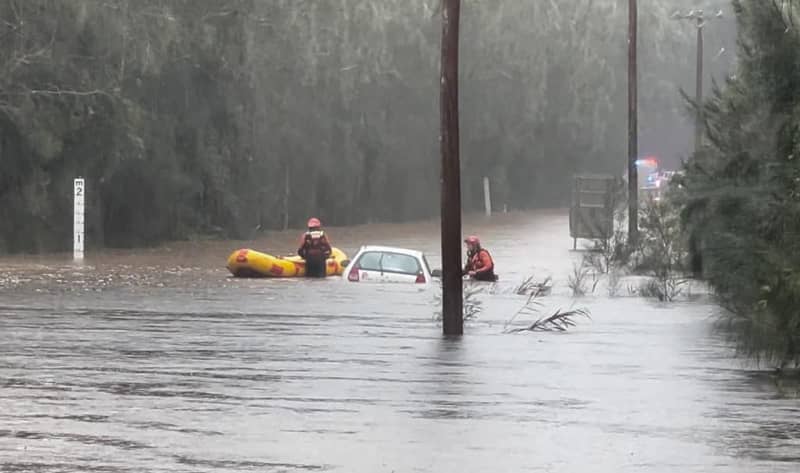Recent heavy rains in the southern states of Bavaria and Baden-Württemberg are expected to cost insurers around €2 billion ($2.2 billion), the German Insurance Association (GDV) said in an initial estimate on Friday.
The current floods in southern Germany were the third and largest in just a few months. In addition to the Danube, many tributaries have also overflowed their banks. A week after the heavy rain started, more rain is in sight, but not as much as before.
“Because the flooding on the Danube in particular has not yet decreased, this estimate is still subject to a certain degree of uncertainty,” says Jörg Asmussen, director of GDV.
But the expected flood damage in June is less than the just under 9 billion euros in July 2021 and lower than the 2.65 billion euros in June 2013.
The GDV estimates concern only insured losses. The total damage is much higher because many people are not insured against floods. According to calculations by reinsurer München Re, the total damage caused by the July 2021 flood amounted to €33 billion, almost four times the insured amount.
In addition to private individuals, infrastructure, farms and companies are also affected by the damage.
Baden-Württemberg Agriculture Minister Peter Hauk said that more than 95,000 hectares of agricultural land in the southwestern state have been damaged by the heavy rainfall so far. This corresponds to the size of more than 133,000 football fields. About 26,000 hectares of arable land and more than 22,000 hectares of grassland were flooded.
In Bavaria, the floods have “destroyed large parts of this year’s harvest,” said Markus Drexler, spokesman for the Bavarian Farmers’ Association.
The situation was particularly bad in Swabia and parts of Upper and Lower Bavaria.
“The damage to agricultural crops such as grain, beets, potatoes and corn, as well as to specialty crops such as field vegetables, strawberries and raspberries, is on a scale that is currently impossible to quantify,” Drexler said. There are farms where the entire agricultural area has been flooded for days, he added.









